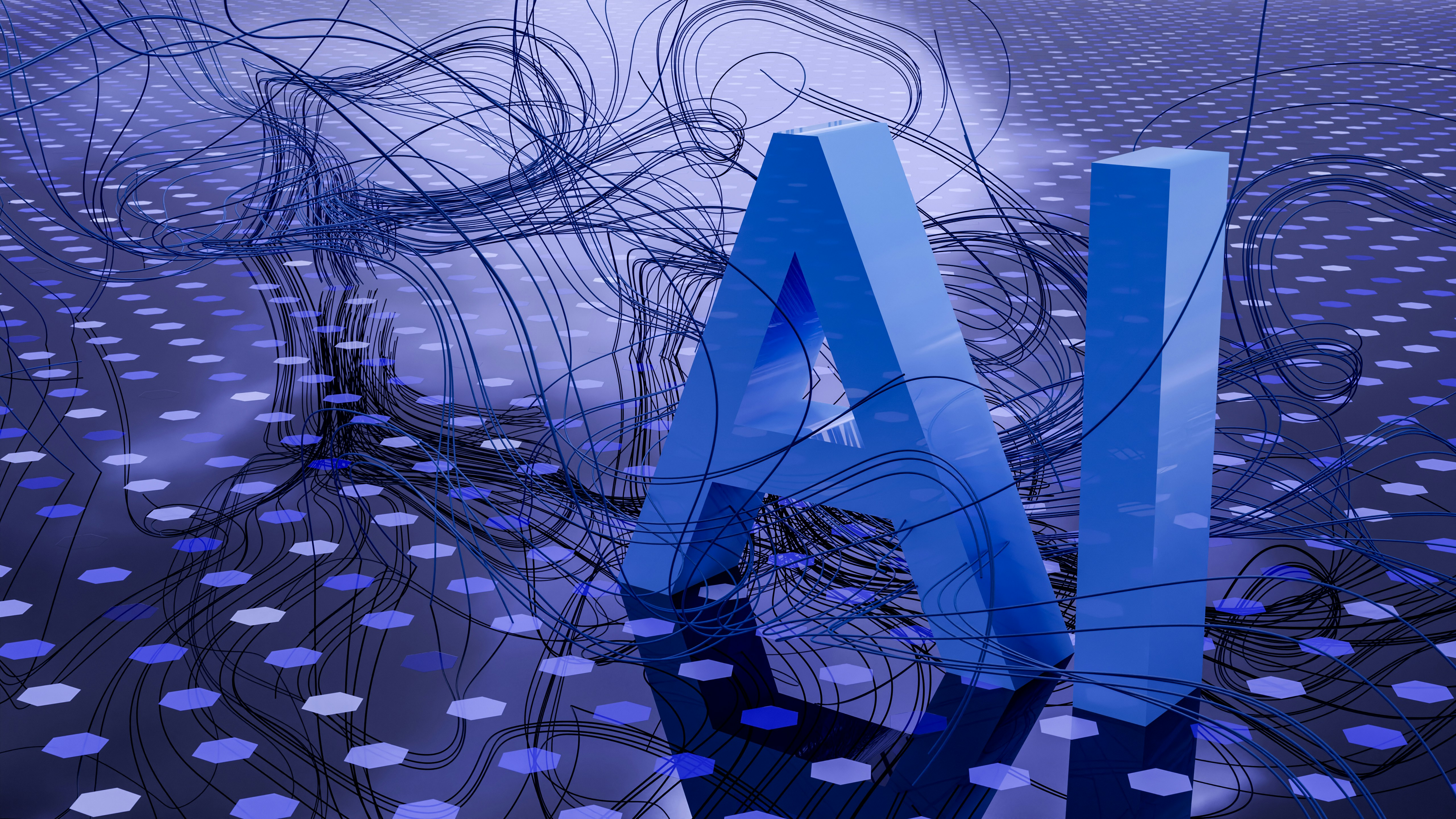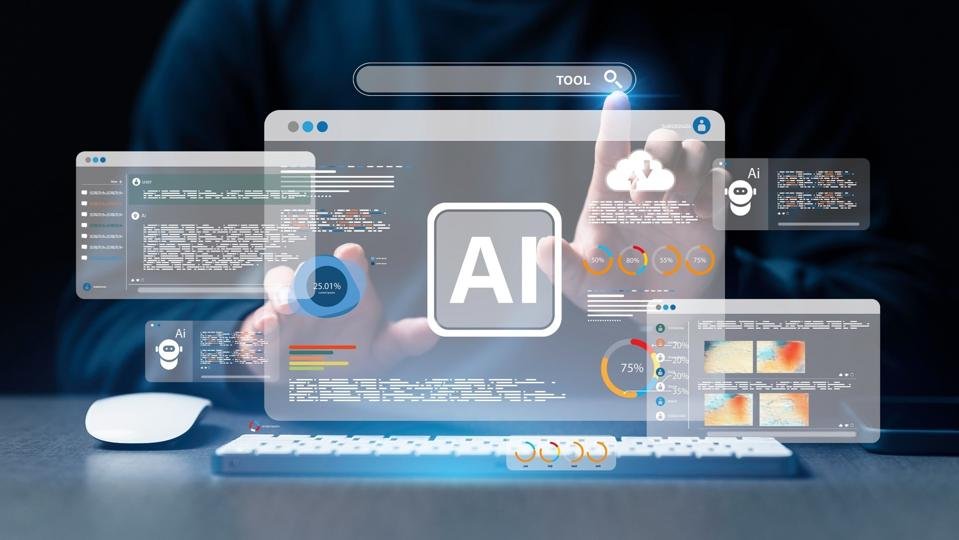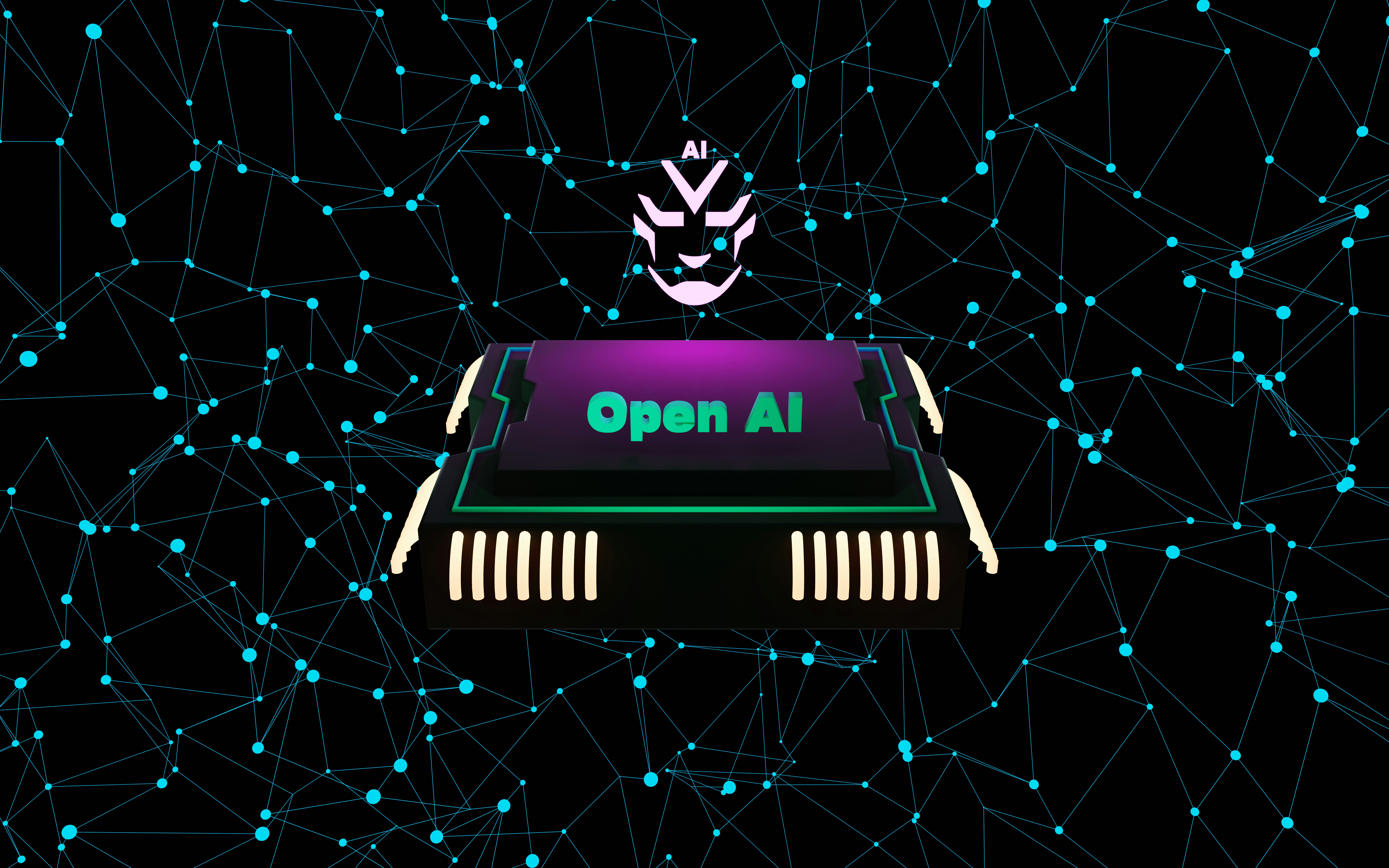Innovative Applications of AI for Everyone: How Artificial Intelligence is Transforming Daily Life

Introduction
Artificial Intelligence (AI) is no longer a futuristic concept reserved for tech experts. It has become part of our daily lives—enhancing convenience, creativity, and productivity for everyone. From students and entrepreneurs to healthcare professionals and artists, AI is shaping a smarter and more efficient world.
In this article, we’ll explore the most innovative applications of AI that are empowering people across different industries and walks of life.

1. AI in Education: Smarter Learning for All
AI-powered tools have revolutionized how students learn and teachers teach. Platforms like ChatGPT, Duolingo Max, and Quizlet Q-Chat use AI to provide personalized learning experiences.
Students can now receive instant feedback, generate summaries, and even translate complex concepts into simple explanations. This makes education more accessible and adaptive for learners worldwide.
Example:
AI tutors help students understand math or language concepts through conversational learning, improving engagement and retention.
2. AI in Healthcare: Personalized and Predictive Medicine
AI in healthcare is saving lives. From early disease detection to personalized treatment plans, AI algorithms analyze vast amounts of medical data in seconds.
For instance, AI systems like IBM Watson Health and Google DeepMind can detect diseases such as cancer earlier than human experts.
Key Impact:
- Quicker and more accurate diagnoses
- Better patient monitoring
- Reduced medical costs
AI empowers doctors and patients alike by improving care quality and accessibility.
3. AI in Business: Boosting Efficiency and Decision-Making
Companies across industries use AI to automate repetitive tasks, forecast trends, and improve customer experiences.
Tools like HubSpot AI, Salesforce Einstein, and ChatGPT for Business help automate marketing, generate reports, and streamline communication.
Benefits:
- Enhanced decision-making with predictive analytics
- Time savings through automation
- Personalized customer support with AI chatbots
Even small businesses now have access to affordable AI tools, leveling the playing field globally.
4. AI in Content Creation: Creativity Redefined
AI is empowering creators, writers, and designers. Platforms like Runway ML, Midjourney, and Synthesia allow users to create videos, visuals, and voiceovers effortlessly.
You no longer need advanced editing skills—AI tools make storytelling more accessible.
For instance, content creators can produce studio-quality videos or illustrations in minutes, allowing them to focus more on creativity than technicalities.
5. AI for Environmental Sustainability
AI is helping the planet, too. Smart systems now monitor deforestation, predict climate changes, and optimize energy consumption.
Projects like Google’s AI for Social Good use data to track environmental patterns and improve sustainability efforts.
Real-world examples:
- AI predicts forest fires and floods before they happen.
- Smart agriculture uses AI to minimize waste and increase crop yields.
6. AI in Everyday Life: Convenience at Your Fingertips
From smart home assistants like Alexa and Google Assistant to AI-powered navigation in Google Maps, AI makes daily life smoother.
It helps you organize schedules, manage finances, and even control home appliances using voice commands.
AI isn’t replacing humans—it’s enhancing human potential.
Conclusion
Artificial Intelligence is for everyone—not just developers or corporations. Its innovative applications span education, healthcare, business, art, and even sustainability.
The future will continue to bring new and exciting possibilities as AI becomes an even greater force for good.
Embracing AI today means staying ahead in tomorrow’s world.
Frequently Asked Questions (FAQs)
1. How can everyday users benefit from AI?
AI can help automate tasks, improve learning, enhance creativity, and make everyday activities more efficient—like using voice assistants or AI-powered translation tools.
2. Is AI difficult to use for non-tech people?
No. Most AI applications today are user-friendly and require no technical skills. Many come with simple interfaces and tutorials.
3. What are some free AI tools available for the public?
Popular free AI tools include ChatGPT, Canva AI, Google Bard, Grammarly, and Bing Image Creator.
4. Is AI safe to use in daily life?
Yes, when used responsibly. Always check privacy policies and data protection settings when using AI platforms.
5. What’s the future of AI for individuals?
AI will continue integrating into personal and professional life, improving productivity, creativity, and sustainability for everyone.



